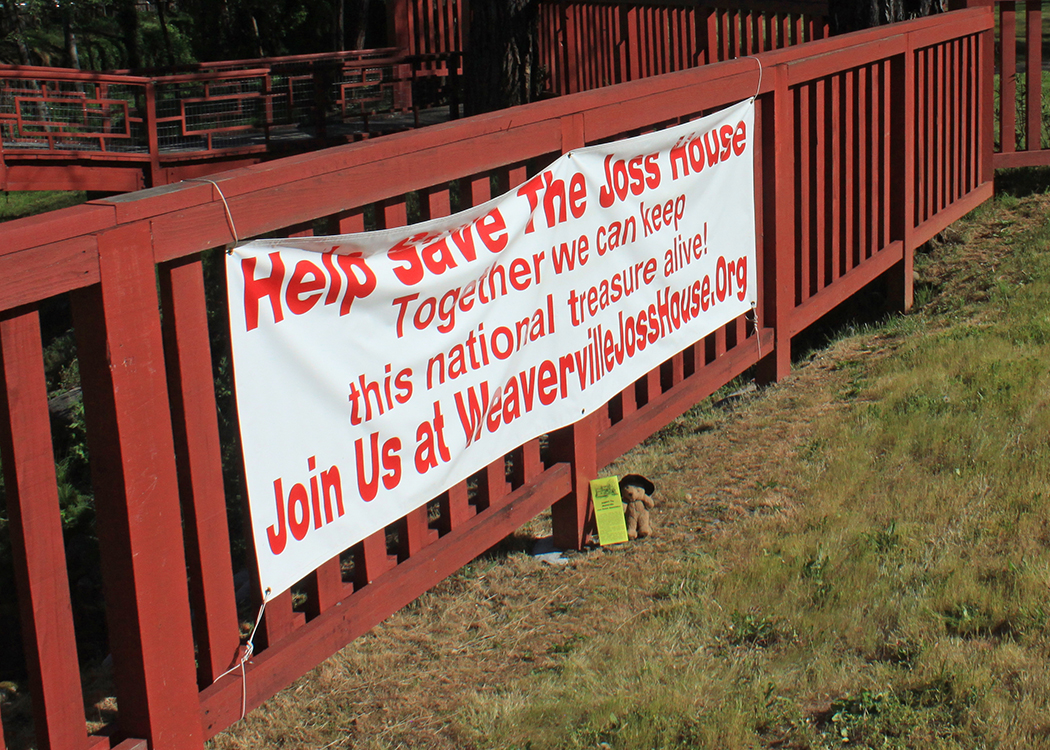 Previous Adventure |
Glendale → Parks → Castle Crags State Park 919 mi (1479 km) |
 Next Day |
Hello everyone!
My goodness, it’s been a while since I opened a post in English! I had to take a break from adventures to make sure this blog was updated and ready to go, but one pressing deadline suddenly loomed up: Congress is still on track to shut down 70 state parks on July 1! Hidden among them are 18 Historical Landmarks! Oh no!
Even though some parks will remain accessible without services, with no one around to maintain them, the historic sites will be especially vulnerable to vandalism and looting! Even though I’ve already seen 9 of these vanishing Landmarks, if I’m to make sure they’re all properly documented before something bad happens to them, I’ve got to go now! I can only hope that George has the same sense of timing!
I arrived in Eureka yesterday, having passed through the Bay Area and waved to the Western Landmarks I’d visited back in February. Who knew that the 101 through Mendocino County was the hitchhiking corridor of California? I saw so many college-age friends and couples that I had to wonder if hitchhiking is a rite of passage up here!
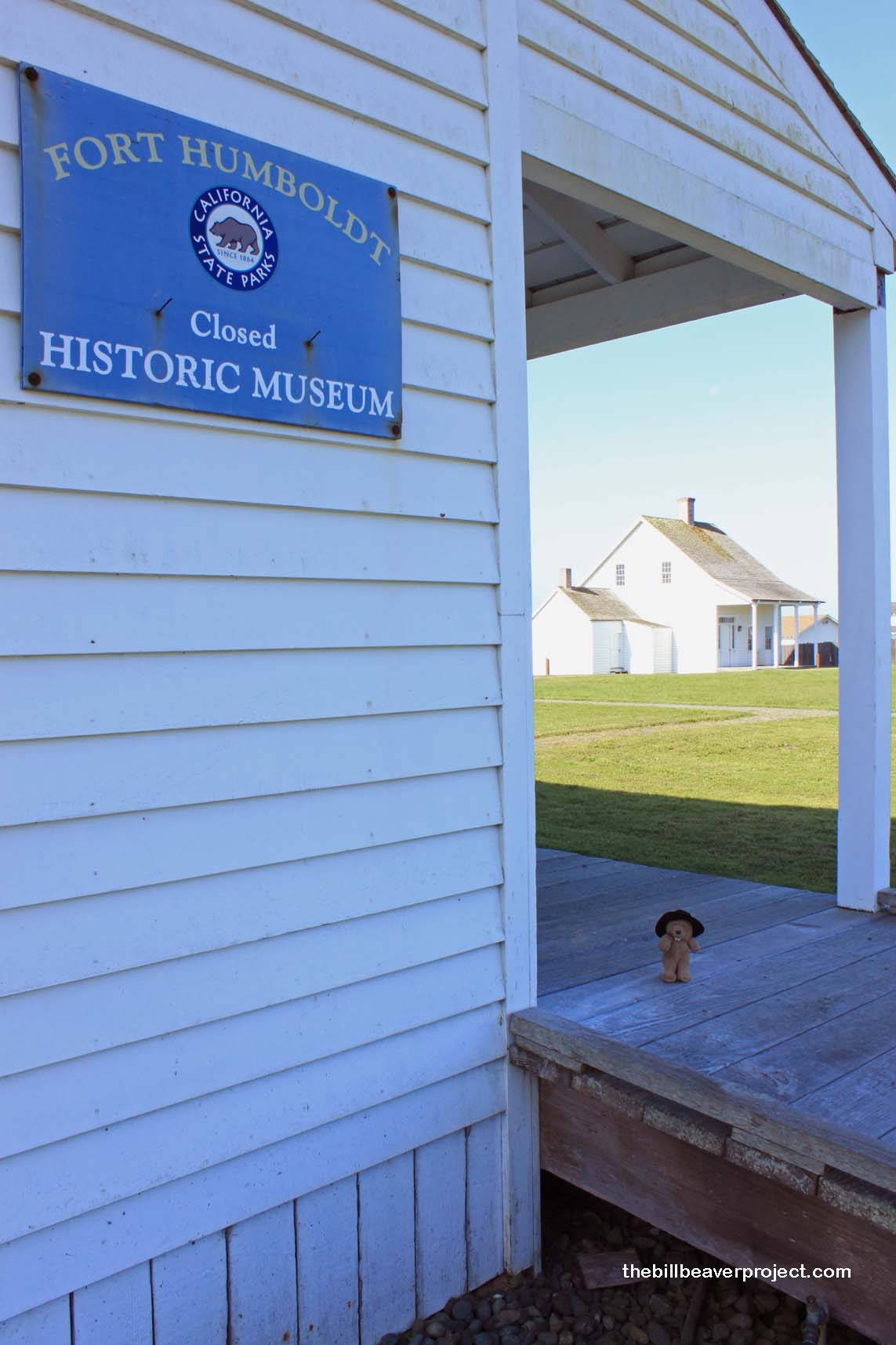 |
The first landmark of this adventure is Fort Humboldt, established 1857, seated high on a bluff overlooking the harbor and the mess of shopping malls that would, no doubt, love to capture this hilltop location after the shutdown. Boy, wouldn’t that be ironic? Fort Humboldt was set up in response to hostile takeovers! After gold was discovered on the Trinity River in 1849, the 14 tribes that inhabited this area suddenly found their land inundated by loggers and gold hunters, many of whom decided to take over tribal villages and massacre their inhabitants! That’s not very neighborly!
That prompted the US Army to set up shop in the area and broker a peace. They signed seven agreements with the native folks, which the government never ratified, then withdrew to participate in the Civil War, leaving the tribes at the mercy of local militias. Many fled to Fort Humboldt for protection, but by the time the tribes were relocated, 200 had already died from violence or their protectors’ hardtack diet!
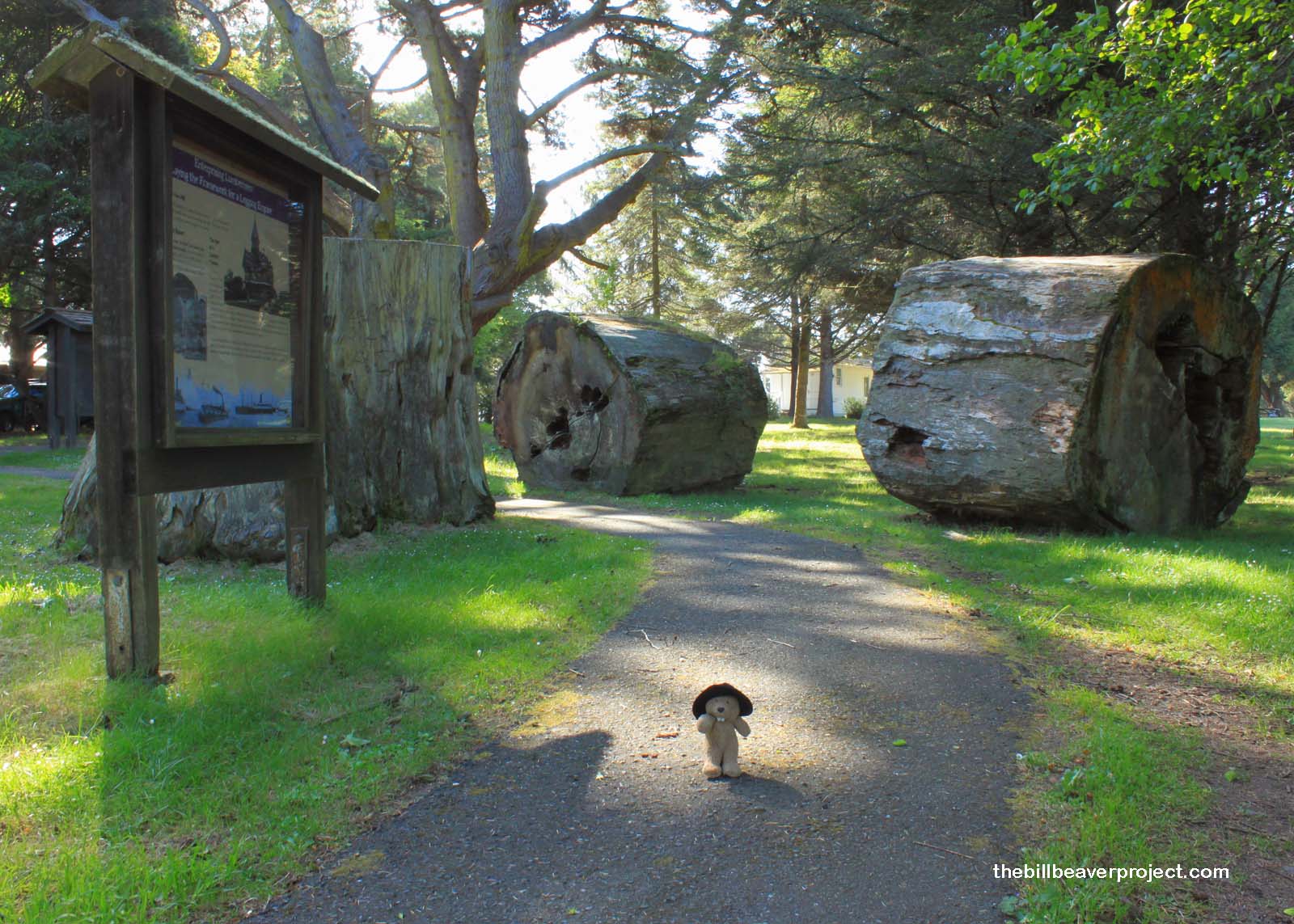 |
Of the original buildings at Fort Humboldt State Historic Park, only the hospital is still standing, mostly. When I got there, it was closed, after having been damaged by an earthquake back in January 2010! That’s a long time for a museum to be closed! In fact, the visitor’s center was closed too! All that remained were the displays about local logging operations! While it was neat to learn about the tough lives of the lumberjacks (who got so excited when they got raisins in their bread), I’d missed out on so much of the fort’s history.
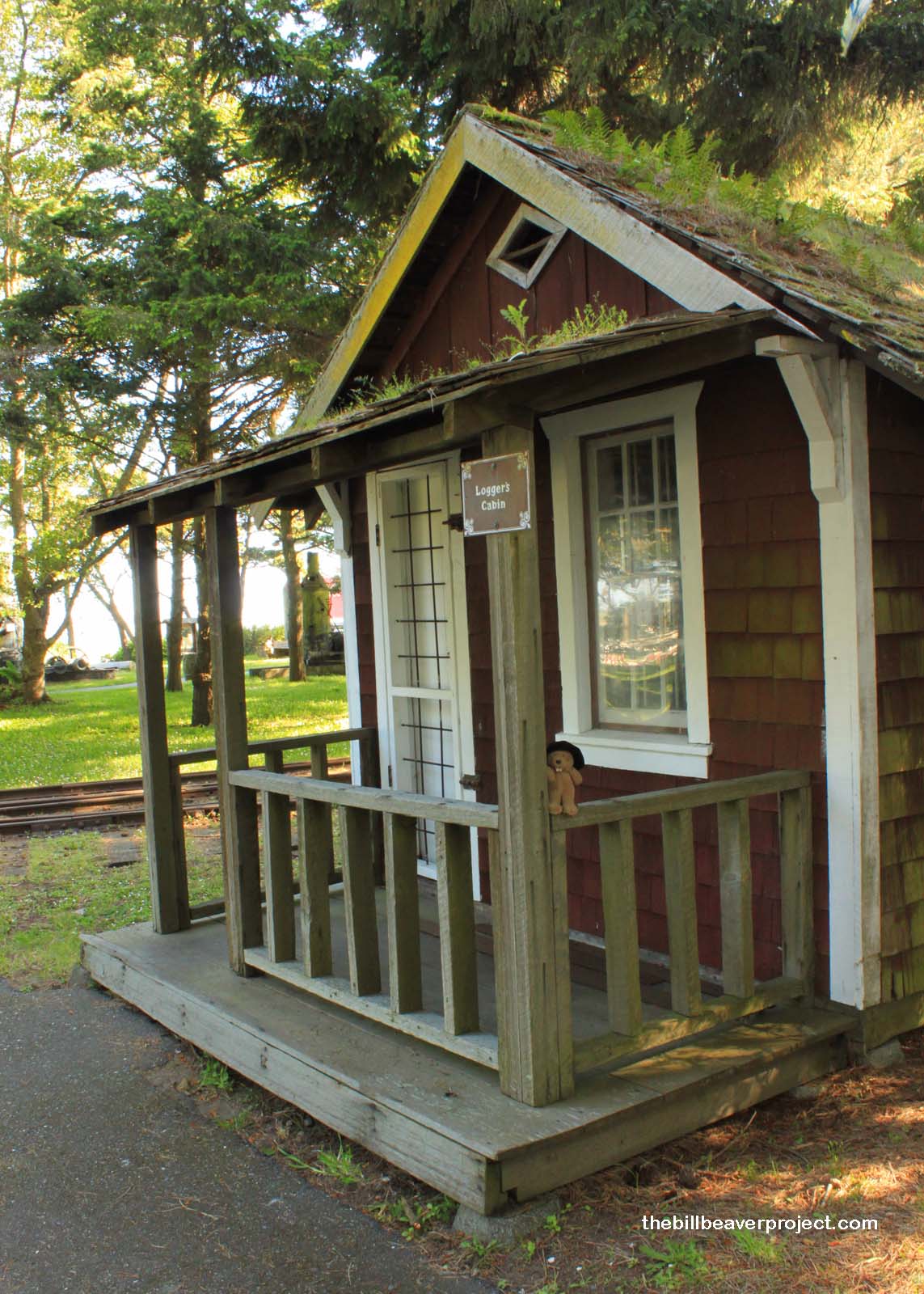 |
For instance, did you know that Captain Ulysses S. Grant was stationed here in 1854 but got so tired of the isolation that he resigned for different horizons, like becoming a general and the 18th US President? Did you also know that, apart from tavern patronage, the big source of entertainment in old Eureka was a fellow named Seth Kinman, who played a fiddle made from the skull of his mule, Dave? Sure, a brochure can have neat facts, but it lacks the depth that comes from talking to a real historian in a museum!
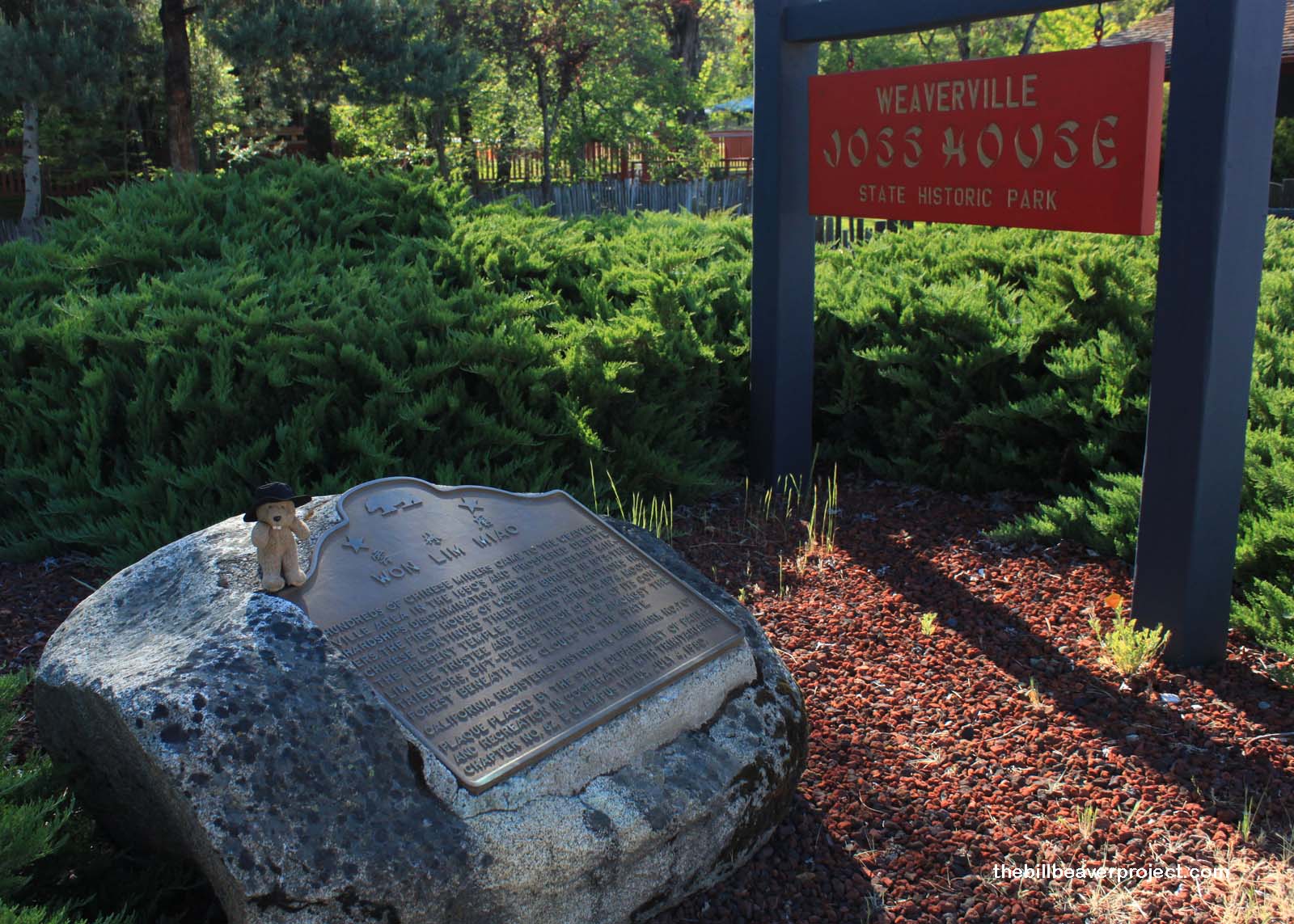 |
For example, I had a great conversation down the road with Jack, the caretaker of the next vanishing landmark, the Weaverville Joss House. What’s a Joss House, you wonder? “Joss house” is a generic frontier name for a Chinese Daoist house of worship. According to Jack, who was gracious enough to pause his end-of-day shutdown and show me the interior, this temple was built by Chinese gold hunters in 1874. Its interior furnishings, comparable in quality to many of the temples I saw in China, had been purchased, piece by piece, by the whole community after years of saving!
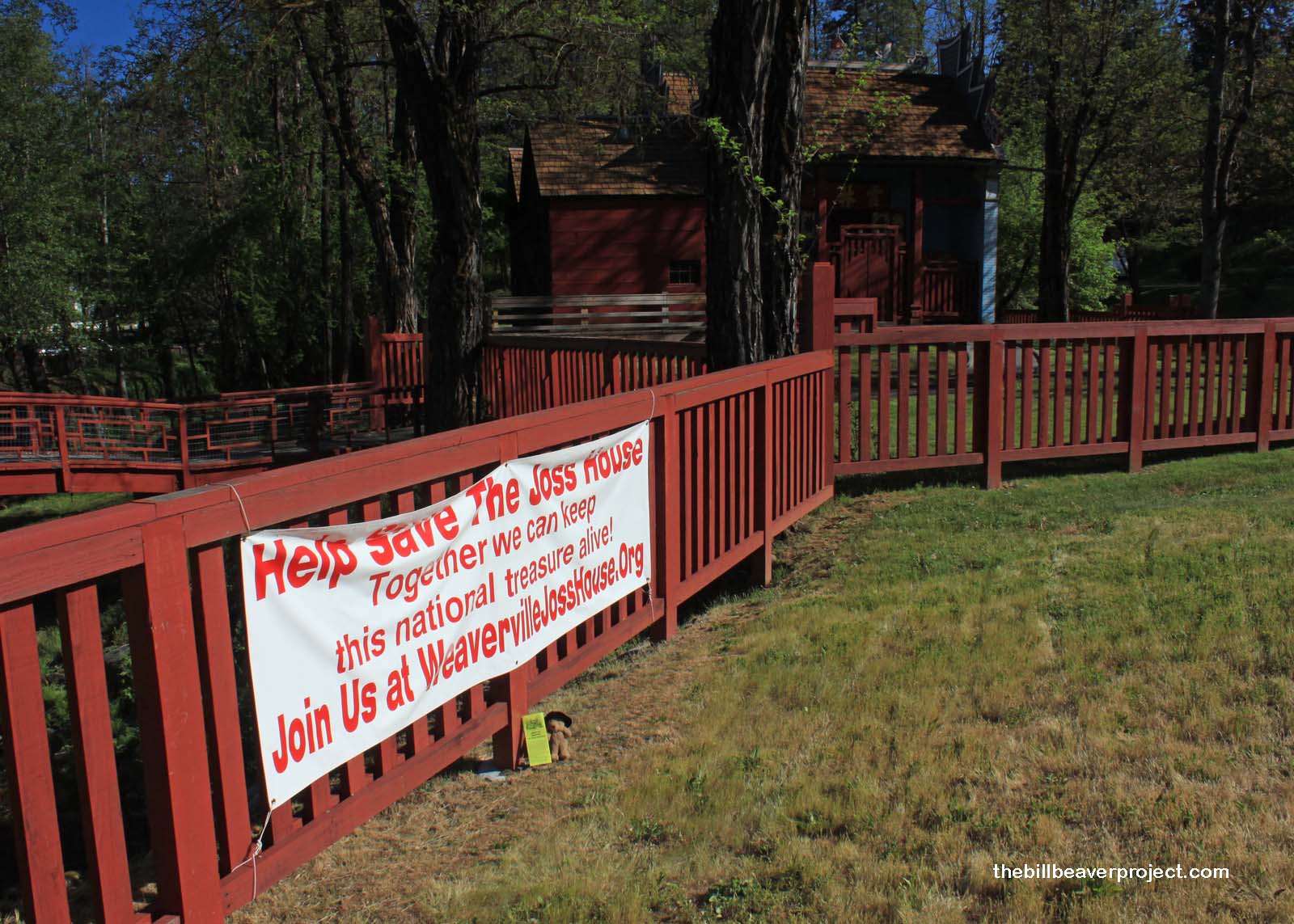 |
Sadly, this temple is now being dismantled, piece by piece, and moved to storage at McClellan Air Force Base for three times the cost of keeping the park open! I thought the shutdowns were about cutting the budget!
 |
In the case of the Joss House, an issue is whether the government should pay for the upkeep of a religious site, especially one where people still worship! I think they should create a Department of Culture and History to oversee historic sites, regardless of religious affiliation! Heck, West Virginia has one. So do Delaware, Florida, Nevada, North Carolina, and other states I can’t fit here! Jack says that, while a new Department isn’t on the table right now, there is an Assembly Bill making the rounds called AB1589, which would offer a few nice things if ratified, like a state park fund, tax deductions to those who donate to that fund, and the option to purchase a special State Park license plate as a way of contributing! But would these measures be enough to save the parks?
There isn’t really a set safe point. Historic sites have to be regularly maintained, and people need paychecks to maintain them! Many parks on the chopping block are in rural areas that are neither populous nor rich, despite having some wealthier residents, like the Smothers Brothers, who own property in the Trinity Alps but stay out of county affairs. I believe the parks should either make it easier to pay the $5-$8 parking fee (I couldn’t find envelopes in some places) or convert the fee to a ticket purchase! That way, people get something for their money immediately: admission to an eye-opening experience!
 |
Jack sent me on my way to the next landmark in peril, which he also curates: Shasta State Historic Park! This town used to be a thriving hub where miners would bring their ore from the mountains to be sent to Sacramento via mule team, and pick up some goodies while at it! Some say that, at Shasta’s height, 100 mule teams would pass through this shopping and entertainment center in a single night! However, when a railroad to Redding took away the mule team revenue in 1890, the town just melted away after a 40-year boom.
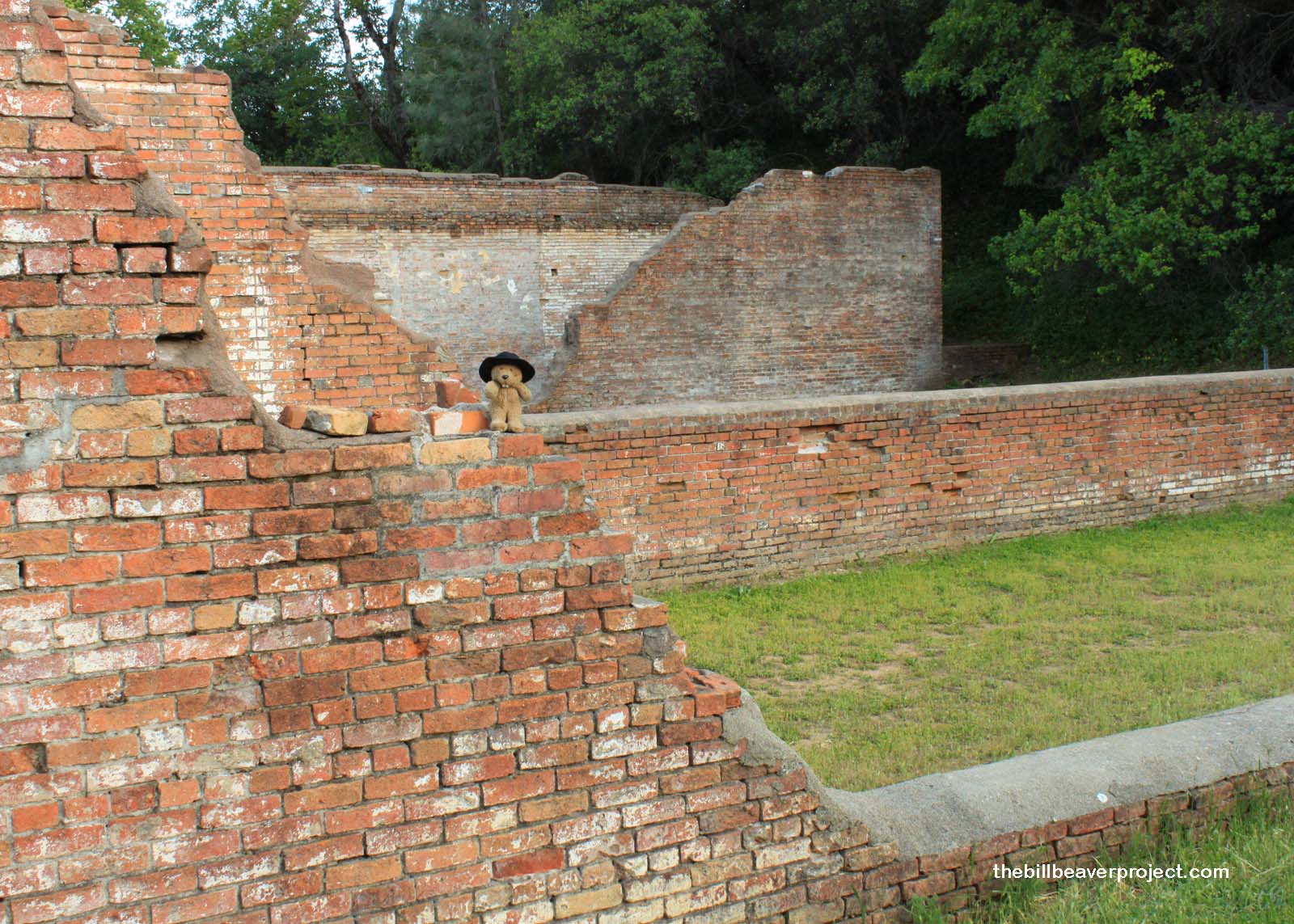 |
Now, most of this happenin’ town is in ruins along the side of the road. These were once shops, hotels, and restaurants, which begs the question “Why preserve a bunch of ruins?” Well, for one, they’re neat ruins, and for two, they’re not the only sights to see in Shasta! Did you know that the Shasta Courthouse Museum is home to the historic art collection of Mae Helene Boggs? Had I been here a day later (yay, schedule cutbacks!) I would have been able to see 98 paintings by such artists as Grace Hudson, Ernest Narjot, and Wing Kwong Tse!
To be completely honest, though, the fight to save parks like Shasta isn’t just about the preservation of the art or architecture; it’s also about keeping that art and architecture available! Immersion in history is what makes it interesting and what makes its lessons stick far more effectively than a textbook!
For instance, every April, Fort Humboldt fires up all its old logging machines for Dolbeer Donkey Days (steam donkeys, not burros) and even has competitions! The Weaverville Joss House is a field trip destination for kids and a great place to catch a lion dance! Old Town Shasta puts on historical reenactments, dinners in the jail, holiday celebrations, and junior docent programs that give local students 19th-century roles to play in the park! If these parks shut down in July, all of this will come to a sudden, uninspiring halt! Ye legislators be warned of the damage that will be done to these communities!
Eastward, ho!

 Previous Adventure |
Total Ground Covered: 919 mi (1479 km) |
 Next Day |
